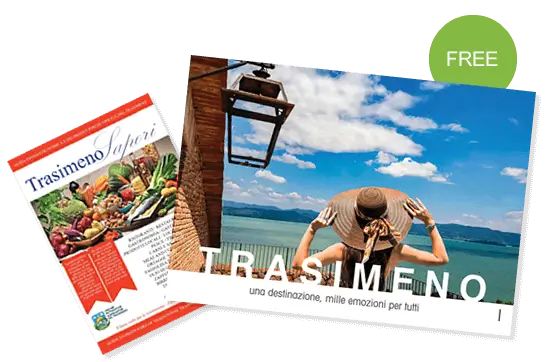WE INVEST IN YOUR FUTURE. The participation at the event Artigianato in Fiera 2022 from 03 to 11 December 2022 Milan Rho – it was possible thanks to the contribution
ERD - ROP 2014-2020 AXIS III - ACTION 3.3.1 of The Umbria Region
PUBLIC NOTICE FOR PROJECTS AIMED AT PARTICIPATION IN INTERNATIONAL EXHIBITIONS taking
place from 1st September 2021 to 31st December 2022
CUP G68I22001550006






